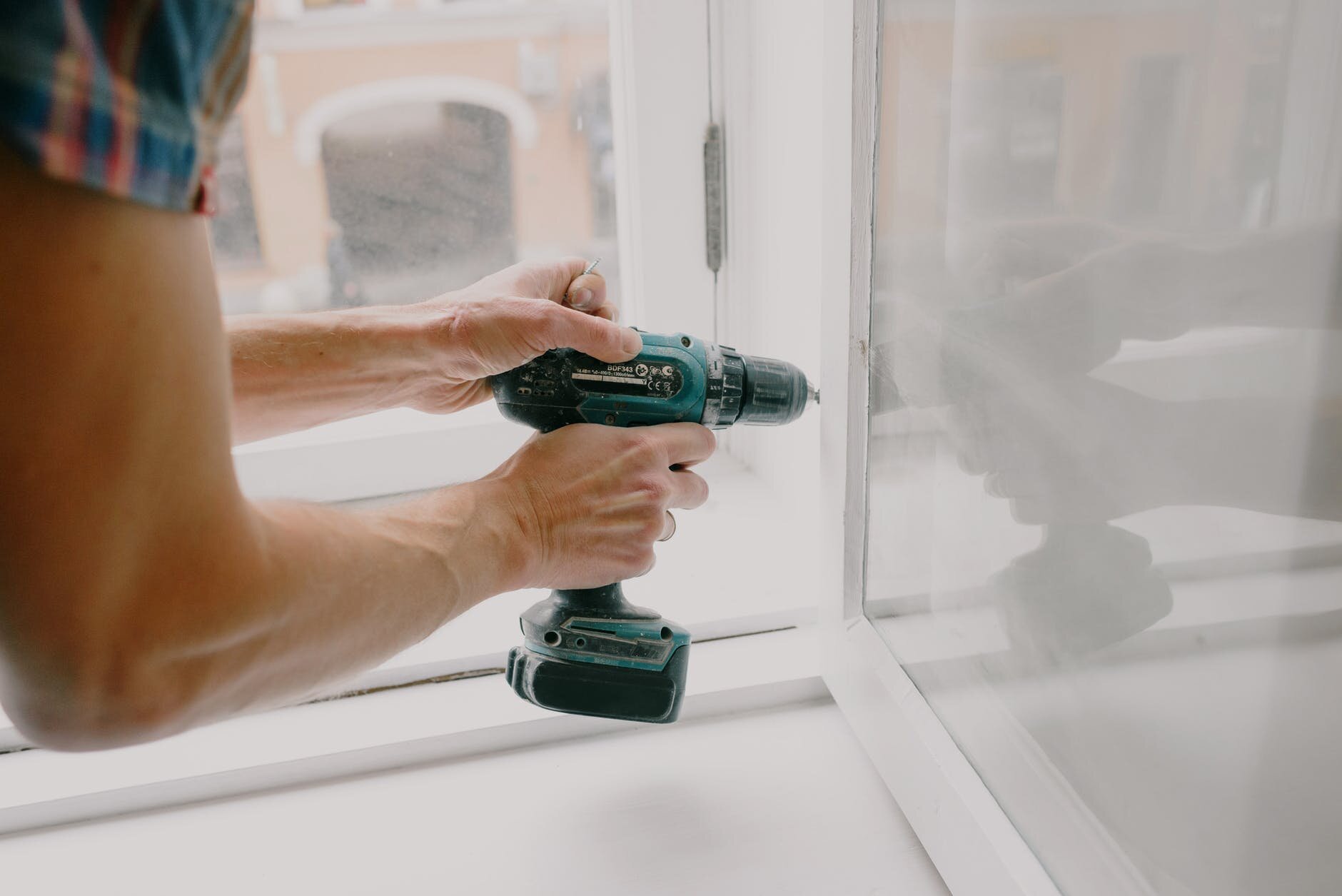Mold inspector and expert, Brian Karr, shares tips on how to keep your home mold-free.
This week I sat down for an Instagram Live chat about all things mold with Brian Karr, the co-founder of We Inspect, and host of the Mold Finders RADIO Podcast. Below, he shares his knowledge and experience on how to keep your home mold free.
Maintaining a mold-free home is important because mold toxicity often comes hand-in-hand with many chronic symptoms and illnesses. Keeping your home mold free can help protect your future health, and if you are already fighting a chronic illness or ailment, a mold-free home provides a better healing environment.
The Steps to Keep Your Home Mold Free
Tip #1- Think Under the Sink
Where there is water, there is a higher chance for mold issues.
More often than not, we experience leakage from our sinks, which can be damaging when these pesky leaks make their way down to our under-sink storage area. To prevent mold growth, I recommend removing everything you have stored underneath your sink at least once a month to make sure you don’t have any unknown leaks. This includes leaks from product bottles, which can also result in mold growth.
In addition to your newfound under-sink cabinet inspection regimen, purchasing a rubber under-the-sink mat to protect your cabinet interiors is another proactive way to conquer sink leaks and spillage before the issue gets out of hand.
Tip #2- Get Shower Savvy
Mold Loves Moisture in Homes
Mold loves moisture, which is an ideal setting for spores to begin growing throughout your shower. Adding a few extra checkpoints to your shower cleaning routine can help you stop this toxic romance before it starts.
A useful tool for mold prevention in your shower is to use a Squeegee. Using a Squeegee to clean your shower walls and floor after use is a great practice to adopt. If you have a shower curtain, practice being aware of wet floors outside your tub because the water will escape and cause damage in your home.
Lastly, I recommend finding a shower caddy to hold your bathing essentials instead of any built-in shower storage you may have. Storing your shower essentials in a shower caddy vs. built-in shower storage can help cut down on excess water from flowing towards your walls.
Tip #3- Go All-Out, Check the Grout
Grout is Highly Susceptible to Mold Growth
Grout is highly susceptible to mold growth due to its porous nature. This means checking and cleaning every area in your home with grout (kitchen backsplash, shower tiles, sinks, etc.) as thoroughly as possible to prevent contamination. You also want to dry these areas immediately after any water has splashed against them. This will help reduce grout erosion that can provide pathways for water to get behind your walls.
Tip #4- In Dust, We Distrust
Mold can Settle within the Dust in Your Home
Dust is a lot more than just dirt. It becomes an accumulation point for all kinds of contaminants within our homes. Mold, toxins, insect fragments, rodent droppings, etc. If it’s floating around your home, it will settle in the dust.
What’s even worse is that we breathe dust all the time. It settles on various surfaces in our home, and then gets continuously popped up into our breathing zone as we do normal human activities (walking, sitting, cooking, etc.) This cycle repeats as long as the dust is present.
Therefore, dust management is one of the BEST things you can do to help limit your mold exposure. A consistent cleaning regimen that includes hard-to-reach places like behind your toilet, under furniture, inside/outside lampshades, and tops of baseboards and door frames, can help clear up your breathing zone. After all, you deserve to breathe clean air, am I right?
Another place in your home you can minimize dust exposure is your heating or air conditioning (HVAC) system. Be sure you are changing the filter in your HVAC system regularly (ideally every month). If you have any questions regarding your specific HVAC unit, be sure to contact your provider.
Tip #5- Practice Makes Perfect
Routine Cleaning and Home Maintenance to Prevent Mold.
It may seem obvious after reading the tips so far, but keeping a consistent cleaning routine throughout your space is one of the most effective ways to prevent mold growth in your home.
I can’t stress this enough.
Sticking to a schedule and keeping yourself consistent can help prevent mold from growing in your home. While you’re creating your preventative plan, make sure to include regular maintenance for areas of the home that you aren’t able to investigate on your own. This includes plumbers, roofers, and HVAC contractors. Remember, the key word is “preventative”. If you wait until a problem arises, then you’re already too late and need to focus on a remediation process.
From good preventive maintenance habits, and you’ll continue to reap the health benefits. And if you're looking for mold cleaning product suggestions, check out moldcleaningproduct.com. If you are concerned about potential mold in your home, schedule a free mold inspection phone consultation with the We Inspect team.







